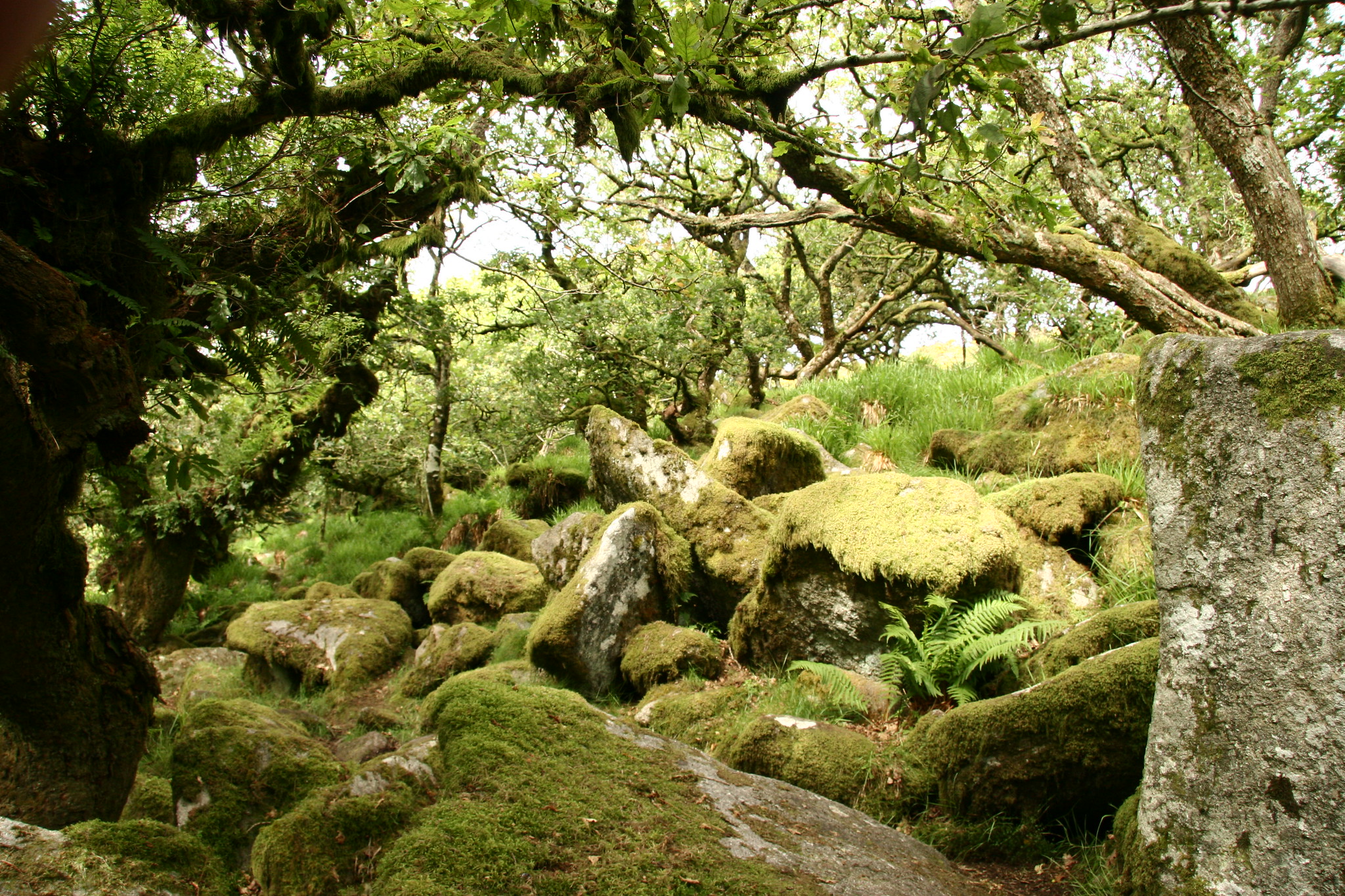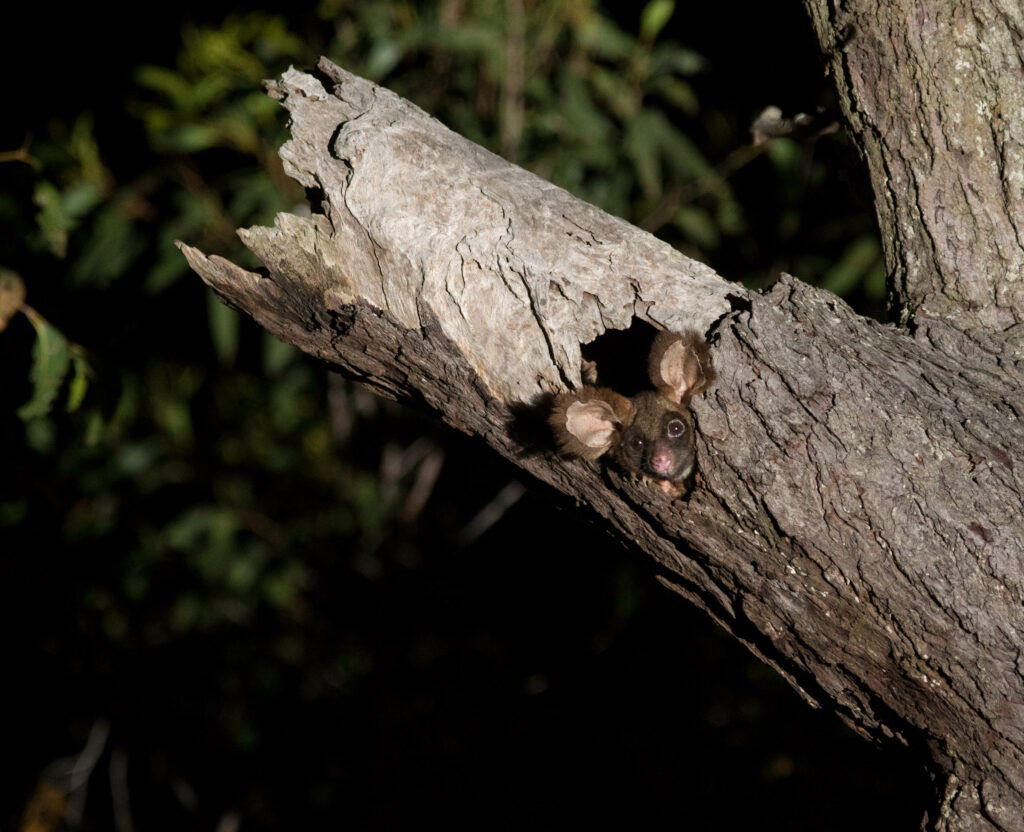Climate crisis
The UK has approved 24 new North Sea oil and gas licenses in the face of significant criticism. The move angered many environmental campaigners and MPs who labelled the decision as “grossly irresponsible”. The government defended the move stating that the oil would be imported from overseas if it wasn’t extracted from the North Sea. Environmentalists have argued that granting the licenses will do relatively little to improve the UK’s energy security and undermines Britain’s move towards net zero emissions.

Conservation
The National Trust has committed to recreating lost rainforests by planting 100,000 trees in North Devon. Temperate rainforests once covered vast swathes of western Britain, but the rare habitat declined due to historic deforestation and continues to face threats from air pollution, invasive species and diseases. It is now one of the most endangered habitats in the UK covering only 1% of Britain’s landmass mostly in Cumbria, Devon, Cornwall, North and West Wales and the West of Scotland. Exceptionally heavy rainfall and high humidity levels allow moisture-loving plants like mosses and lichens to thrive in these areas and the restored rainforest will be a haven for rare specialist plants that depend on this habitat.

Environment
Toxic run-off from roads has been found not to be monitored, according to the BBC. Rivers close to major roads have been tested by campaigners and have been found to contain a cocktail of chemicals and particles from the roads. National Highways has a statutory responsibility to make sure that discharges from its network do not cause pollution and the Environment Agency is responsible for monitoring water pollution in England. However, in response to a freedom of information request, the agency said that it did not regularly monitory run-off. Oil, chemicals and wear from tyres are washed down drains in heavy rain and subsequently flow into rivers and streams causing damage to sensitive aquatic ecosystems.
The government remains largely off track to meet its environmental targets, according to the Office for Environmental Protection (OEP). The OEP’s annual progress report concludes that while some progress has been made, the government is largely off track to meet both targets and legal obligations and that the government must speed up its efforts and implement policies quickly to bridge the gap.
Extinction risk
The Greater Glider is on course for extinction due to a controversial decision by the Australia’s New South Wales environmental watchdog, according to experts. The Environment Protection Authority (EPA) told stakeholders that it was scrapping measures that required a government-owned forestry corporation to search for Glider dens which currently have to be given a 50-metre logging exclusion zone. Experts have told the EPA in no uncertain terms that they are effectively locking in the Glider’s extinction. Greater Gliders rely on between six and 20 den trees for its habitat which is already under significant pressure due to summer bushfires and logging activity.

Science and discoveries
A new map has revealed that England’s hedges would wrap around the Earth ten times if lined up end to end. The map is the most comprehensive to date revealing a total of 390,000 km of hedgerows. Researchers from the Centre for Ecology and Hydrology used Lidar (Light Detection and Ranging) remote sensing data. They found that the South West of England boasted the largest share of hedges accounting for 24% of England’s total with Cornwall leading at the county level. Around half of Britain’s hedges were lost in the post-war period, and while losses have slowed since the 1990s, major threats to Britain’s hedgerows remain.
The birth of a Great White Shark may have been captured on video for the first time. Wildlife filmmaker Carlos Gauna and UC Riverside biology doctoral student Phillip Sternes were filming California’s coastal waters with their drone when they spotted something unusual. By enlarging the images from their video footage and putting it in slow motion, they realised a white layer was being shed from the body of a shark. They believe it was a newborn white shark shedding its embryonic layer.






